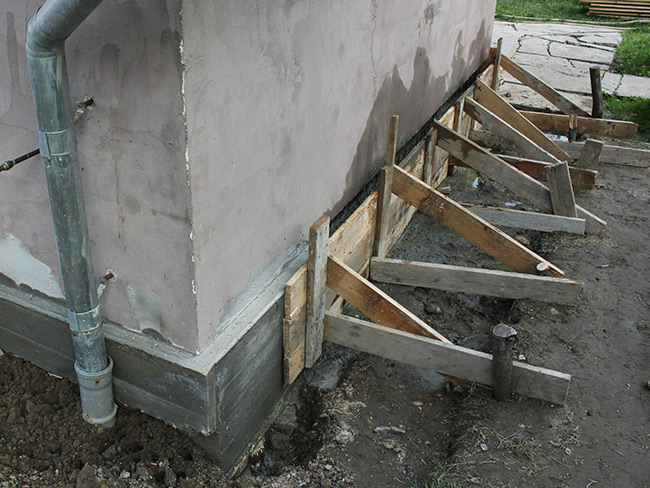Finding out that your home requires underpinning can be a stressful situation, with uncertainty regarding what action should be taken to repair cracks in walls or what the cost of underpinning will be.
Cost of labour
Traditional underpinning involves digging into the foundations of a building to install piers that support and lift its structure, such as installing piles. This may require extensive excavation work that may last weeks. Labor costs for underpinning depend on several factors including structure size and severity, location of damage and type of soil in which it stands.
Experience and expertise are vital when hiring an underpinning company, and before making your selection it is advisable to seek references and review their reputation to ensure the job gets completed successfully and within your budget.
Cracked windows and doors are telltale signs that your home requires underpinning, as these cracks can lead to misalignments of door or window frames, eventually leading to structural damage in your house. An underpinning Melbourne specialist can address such problems before they become serious and dangerous.
Cost of materials
Underpinning costs depend on the materials that are needed. Different soil types have unique qualities that affect how much work needs to be done to stabilize foundations; expansive or compacted soil types will affect costs differently, while access for underpinners will determine costs; accessible properties tend to cost less.
Damage to foundations is also an important consideration, since more severe damage means higher repair costs. Furthermore, underpinning work may require other services like plumbing repairs and blanking of underground water and gas pipes in addition to underpinning work itself.
Underpinning your house is essential in preventing further subsidence and protecting valuable possessions from loss, but this service can be expensive; most home insurance policies don’t cover it.
Cost of equipment
Underpinning the cost of underpinning a house can be an intricate and time-consuming process, depending on its severity. Damage may have occurred as a result of soil compaction, water table changes, plumbing problems, subsidence or tree roots. Furthermore, size also plays a factor; larger properties often contain multiple foundations requiring underpinning treatment which require more time and materials.
At first, it is crucial that both an underpinning contractor and structural engineer provide an accurate quote in order to avoid unexpected costs. Comparing several quotes is also beneficial. When pricing underpinning work, be sure to factor in all expenses such as soil testing, engineering reports, site inspections and work itself; also included should be fixed price quotations from their contractors. Sometimes it may be cheaper for underpinning to be completed in stages rather than all at once as this allows contractors to save on equipment and labour costs while saving on equipment rental. Chemical options also exist that utilize resin binding the soil against lifting buildings off its foundations – these methods use resin-bound soil adhesion for lifting buildings from its foundations.
Cost of engineering report
Costs associated with underpinning vary widely across Australia depending on soil condition, foundation size and any nearby trees that could potentially deteriorate it. When underpinning a house, consulting with a structural engineer is highly recommended in order to ensure everything goes according to plan; they will conduct an inspection, write an inspection report and recommend solutions specific to your foundation.
Underpinning is an efficient way to strengthen the foundation of your home, as well as prevent further structural damage. It is especially vital in areas with varied soil conditions – Queensland homes can experience subsidence due to sandy soils which leads to cracked walls, sloped floors, doors that don’t close properly, etc. Underpinning can prevent these issues and keep your family safe for years ahead.
